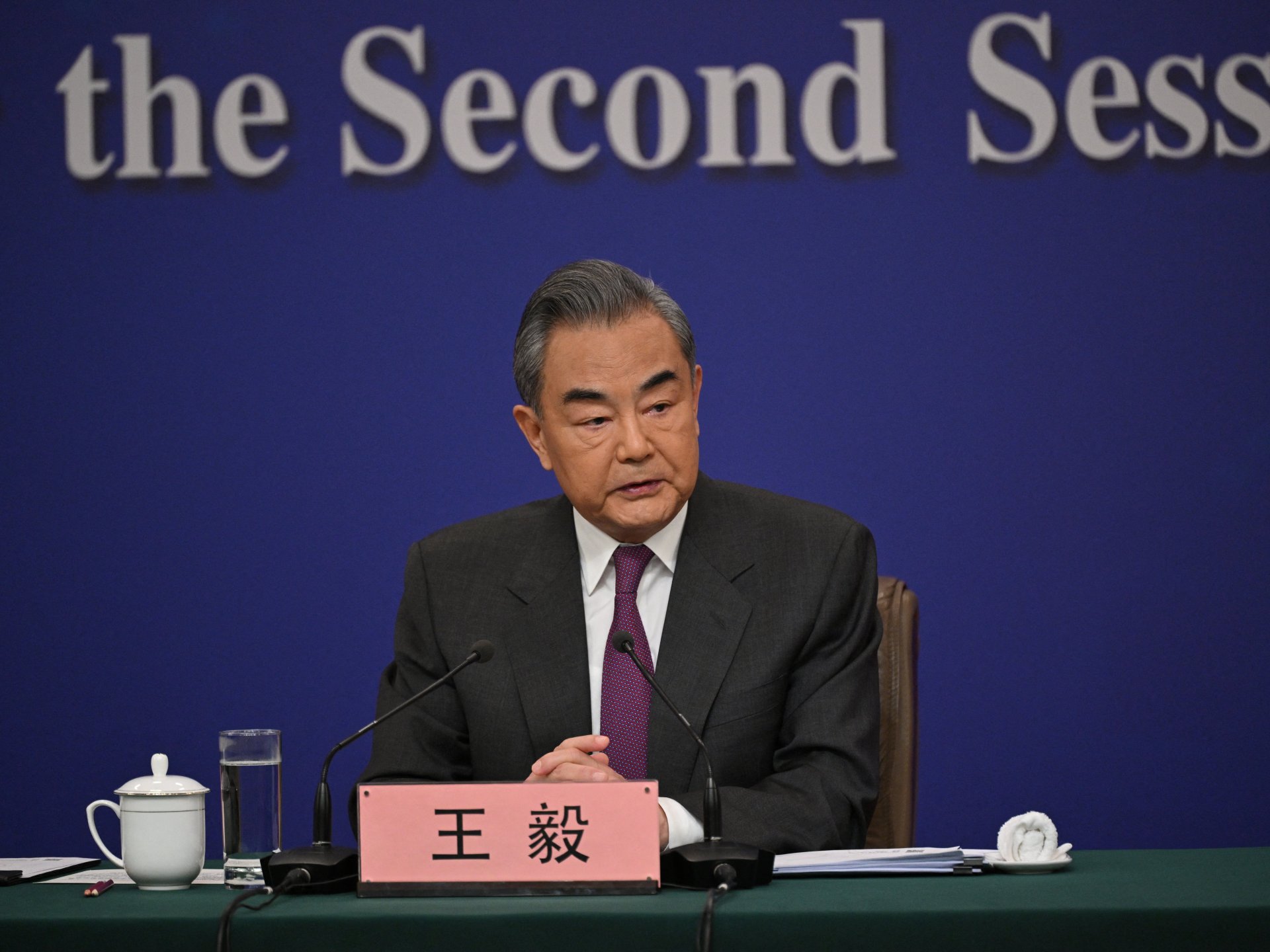UK election 2024 explained in maps and charts | Interactive News
Britons will head to the polls on July 4. Here’s what you need to know about the parties, leaders, and key election issues.
On July 4, Britons will head to the polls to choose the next party to lead the country, after Prime Minister Rishi Sunak announced snap elections on May 22.
Polling suggests the vote will result in a Labour majority after 14 years of Conservative rule.
Here’s what you need to know about the upcoming UK general election.
The United Kingdom, which consists of England, Northern Ireland, Scotland and Wales, has a population of about 67 million and has the sixth-largest economy in the world.
When do polls open?
Polling stations across the UK will be open on July 4 from 7am to 10pm local time (06:00 GMT to 21:00 GMT).
When will the results be announced?
Exit polls on Thursday at about 10pm (21:00 GMT) will give a snapshot of where voters stand, with a handful of results being announced before midnight while most constituency results are expected in the early hours of Friday.
In 2019, the Conservatives’ win was confirmed by about 5am.
How does voting work in the UK?
Voters in 650 constituencies across the UK will elect members of Parliament to the lower chamber, the House of Commons, via the first-past-the-post system. To win each constituency and gain a seat in the House, candidates need to receive more votes than any of their competitors.
A party needs to win at least 50 percent of the seats – 326 – to secure a majority in the House of Commons and be asked to form a government by the monarch, King Charles III. The members of Parliament’s upper chamber, the House of Lords, are appointed rather than elected.
If no party wins a majority, there is a hung parliament.

How is the government structured in the UK?
The UK is a constitutional monarchy, meaning the monarch, King Charles III, is the head of state. However, the monarch’s roles are largely symbolic and ceremonial, for example, granting royal assent on bills.
Parliament has a two-house system made up of the House of Commons and House of Lords, sitting at the Palace of Westminster.
- The House of Commons is composed of 650 members of Parliament (MPs) elected by the people.
- Unlike the House of Commons, the number of members in the House of Lords is not fixed. As of June 20, 2024, it has 784 sitting members. It is made up of life peers, hereditary peers and bishops.
The executive branch of the government, which implements laws, is headed by the prime minister, who sits for five years and is responsible for appointing members of the Cabinet – senior ministers who are usually heads of government departments.
The UK has devolved governments such as the Scottish and Welsh Parliaments and the Northern Irish Assembly, all of which have a degree of legislative power.

UK’s current parliament
The House of Commons consists of 650 seats, each representing a constituency across the UK.
Before Parliament closed on May 30, the House of Commons was represented by 13 parties and 17 independents, including:
- The Conservatives – 344 seats (52.9 percent)
- Labour – 205 seats (31.5 percent)
- The Scottish National Party (SNP) – 43 seats (6.6 percent)
- The Liberal Democrats – 15 seats (2.3 percent)
The remaining 43 seats were held by nine other parties and independents.

How have parties fared in previous elections?
The Conservative party has been in power for the past 14 years, appointing five different prime ministers.
In the 2019 election, the Conservatives won 43 percent of the popular vote and secured 365 seats with Boris Johnson leading the party. They have since lost some seats, partly during by-elections, and now (pre-dissolution on May 30 pending the election) have 344. The Labour Party, led by Jeremy Corbyn, won 32 percent of the vote and garnered 202 seats in 2019. This has risen to 205.
The last Labour government was led by Gordon Brown, who led the UK from 2007 to 2010.

Who are the main leaders/parties?
There are several political parties in the UK, however, the two that have dominated the political arena in the 20th and 21st century are the Conservatives and Labour.
- The Conservatives, also known as the Tories, are a centre-right-to-right party, currently led by Rishi Sunak, who took over from Liz Truss in October 2022.
- Labour are a centre-left party, led by Keir Starmer. They were last in power between 1997 to 2010 under Tony Blair and Gordon Brown.
- Liberal Democrats, centre to centre-left aligned, led by Ed Davey. In power from 2010 to 2015 in coalition with Conservatives under Cameron and Deputy Prime Minister Nick Clegg, then leader of the Liberal Democrats.
- Greens, left-wing eco-politics, led by Carla Denyer and Adrian Ramsay.
- Reform UK, right-wing party led by Nigel Farage.
- SNP, Scottish National Party, centre-left party led by John Swinney.
- Plaid Cymru, centre-left-to-left-wing Welsh party, led by Rhun ap Iorwerth.
- DUP, Democratic Unionist Party, centre-right Northern Irish part, led by Gavin Robinson.

What are the key issues heading into the 2024 general election?
The economy, healthcare, immigration, a housing crisis and the environment are among the most important issues facing Britons before the elections according to a survey by the polling company YouGov.
The results of the survey, as of June 24, are as follows:
- The economy: 52 percent
- Health: 50 percent
- Immigration and asylum: 40 percent
- Housing: 24 percent
- Environment: 20 percent

Check out our Latest News and Follow us at Facebook
Original Source







